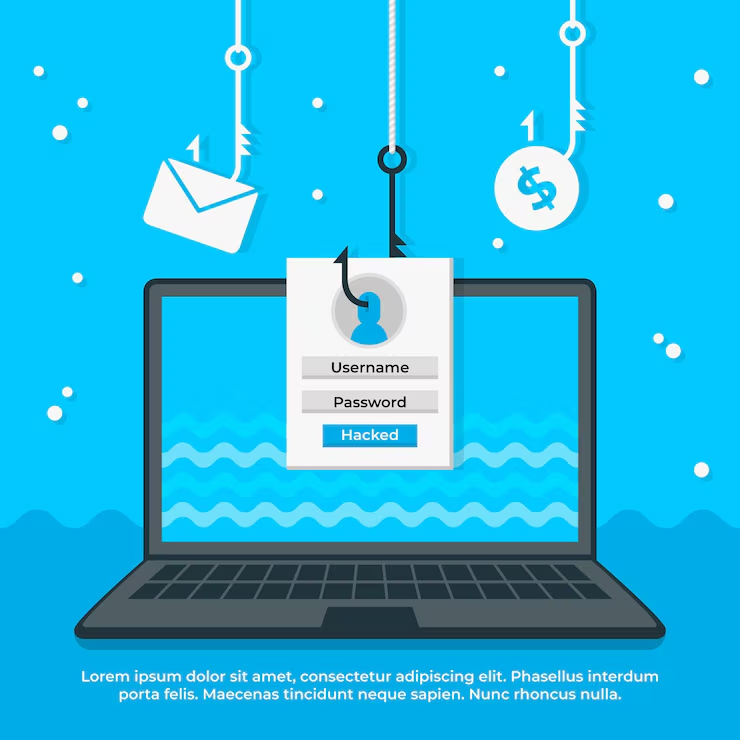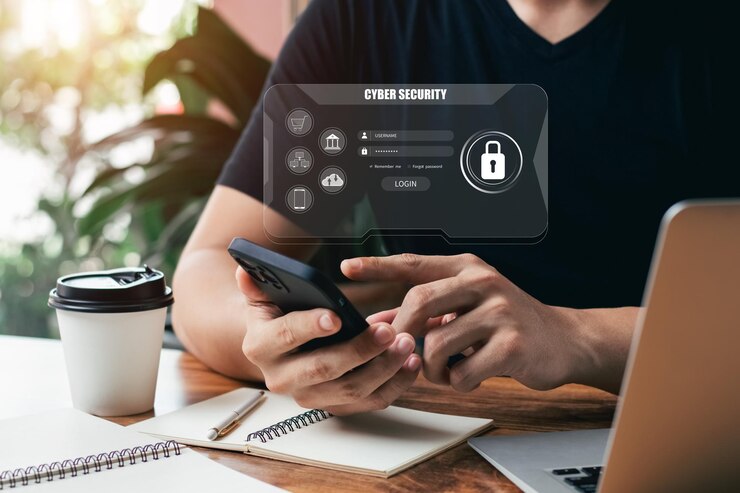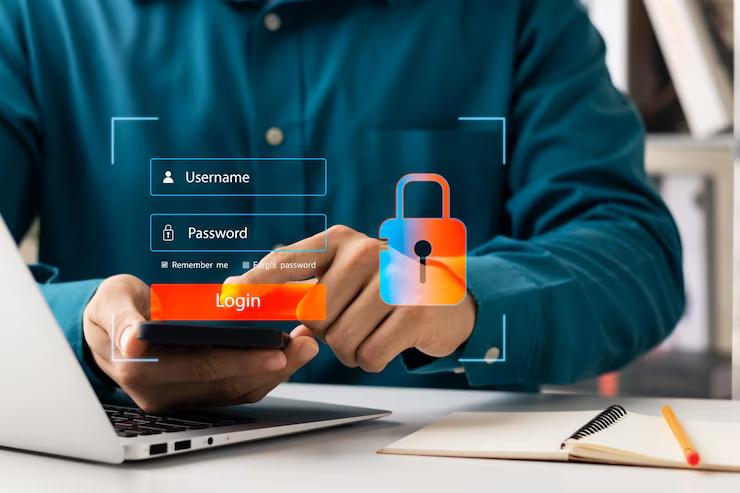Phishing Attack Prevention Guide is an essential resource for staying safe in today’s digital world. At Calm Wires, we believe knowledge is the strongest line of defense. As phishing techniques become more advanced, recognizing and preventing them becomes vital for users of all levels.
Phishing Attack Prevention Guide empowers users to identify suspicious emails, fake websites, and deceptive messages. Creating strong habits and awareness helps reduce the risk of falling victim to these threats. Building a safer online experience starts with education and vigilance.
Understanding the Nature of Phishing Attacks
Phishing attacks use deceptive emails, messages, or websites to trick users into sharing personal data. These attempts often mimic trusted entities and create urgency to manipulate responses. Recognizing their patterns is key to avoiding them.
Spotting Red Flags in Phishing Messages
Phishing messages may contain urgent language, grammatical errors, suspicious links, or requests for personal information. Scrutinizing sender details and message context helps users detect fake communication before engaging with it.
How to Handle Suspicious Emails or Links
Never click links or download attachments from unknown or unverified sources. Use preview tools to inspect URLs and report suspicious content. Deleting unsafe emails immediately is a simple but effective action to reduce risk.
Tools and Features That Protect Against Phishing
Spam filters, anti-phishing browser extensions, and security suites play a big role. Activating multi-factor authentication and using secure email providers can block many phishing attempts before they reach you.
Training Yourself and Your Team
Cybersecurity education is a long-term investment. Engaging in interactive simulations and routine awareness sessions can prepare individuals and organizations to respond confidently to phishing attempts.
Building Ongoing Awareness and Prevention Habits
Regular updates to security practices ensure protection evolves with threats. Subscribing to security alerts, updating software, and reviewing your prevention strategy keeps your digital behavior secure and resilient.
FAQs
Q1. What is a Phishing Attack Prevention Guide?
A: It’s a resource that helps individuals and organizations understand, detect, and avoid phishing scams that attempt to steal personal or sensitive information.
Q2. Why are phishing attacks dangerous?
A: Phishing attacks can compromise bank details, personal identity, and login credentials, leading to financial loss and potential security breaches.
Q3. How can I identify a phishing email?
A: Look for signs like unfamiliar senders, misspelled domains, urgent requests for sensitive data, or links that redirect to fake login pages.
Q4. What should I do if I click a phishing link?
A: Disconnect from the internet, run a security scan, change passwords immediately, and inform your IT or security support for further steps.
Q5. How often should I update my prevention strategies?
A: Reviewing your phishing prevention methods every few months is ideal to keep up with new scams and maintain strong cybersecurity practices.
Conclusion
Phishing Attack Prevention Guide offers clear steps to stay ahead of deceptive online threats. With simple awareness, smarter habits, and trusted tools, users can build stronger digital resilience. Empowering yourself with the right knowledge creates confidence and safety in your digital space.




